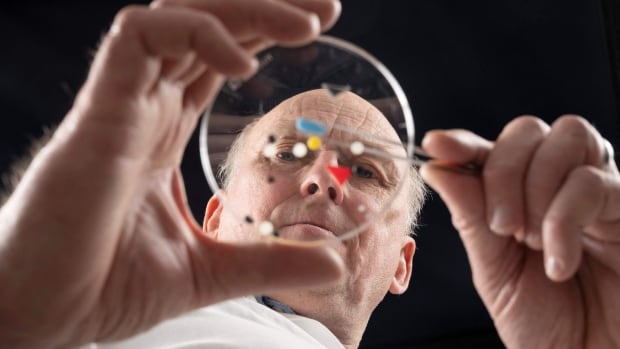
Quirks and Quarks19:35Plastic: Understanding the problem, and the struggle for a solution
Twenty years ago, a fortuitous trip to the beach led to a life-changing moment for Richard Thompson.
The marine biologist was doing experiments on the seashore in England and found plastic clogging all of his scientific instruments.
“We looked at the sand samples down the microscope, and in and amongst the sand grains we could see pieces that certainly didn’t look like sand, and it was those pieces we confirmed to be plastics,” said Thompson, now the head of the International Marine Litter Research Unit at the University of Plymouth.
At the time he coined the term “microplastics” to describe the tiny bits of plastic, many smaller than the diameter of a strand of hair, that he found on beaches all around the U.K.
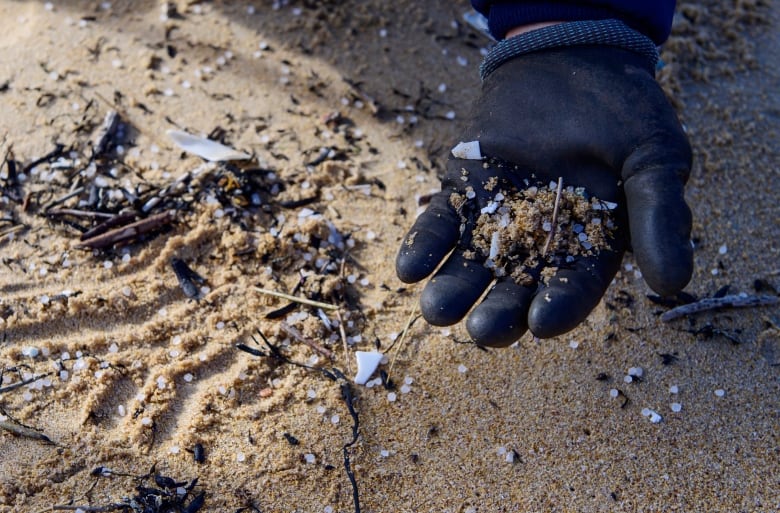
Now, to mark the 20th anniversary of his discovery, Thompson has written a new paper looking back at the over 7,000 research studies that have been published about microplastics since his discovery. The aim is to understand how pervasive and problematic plastics can be — and what it’ll take to find a fix.
“I’m very much of the view now that we’ve got more than enough evidence actually to stop defining the problem, and to move on to the solutions,” said Thompson, who has been dubbed “the godfather of microplastics” by U.K. Member of Parliament Mary Creagh, and holds a PhD in marine ecology.
The paper was published in the journal Science.
What 20 years of microplastics research has shown
Much of the early research was done by Thompson’s group to figure out where the microplastics were coming from, and where they were going.
“We now know that they are found worldwide. They’re found literally from the poles to the equator. They’re found from near the top of Mount Everest right down to the deepest ocean trenches,” said Thompson.
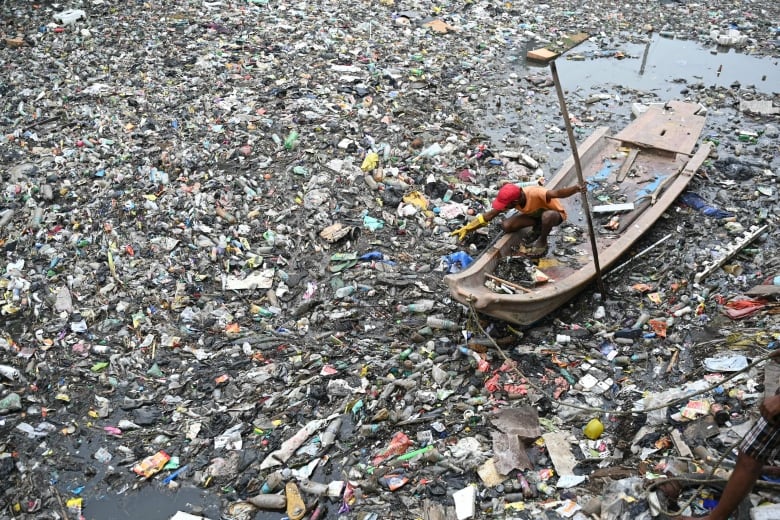
Several studies released recently have looked at how microplastics are being found in unexpected places, such as a recent study from Japan that found tiny bits of plastics embedded in corals on the sea floor. Another study from the University of Toronto found an average of 138 pieces of plastic per fish caught along the Toronto waterfront.
Humans are not immune to plastic’s pervasiveness. A particularly unnerving study from Italy found microplastics in human breast milk and placentas, while another in Germany found them in human blood.
And while Thompson says we still don’t have a firm grasp on what this is doing to human health, he thinks it’s highly likely they are causing harm.
“It’s clear we are exposed to the particles in just the same way that the rest of nature is. We’ve shown with a range of animals that they can be harmfully affected in lab studies. Why would we imagine we’re any different?”
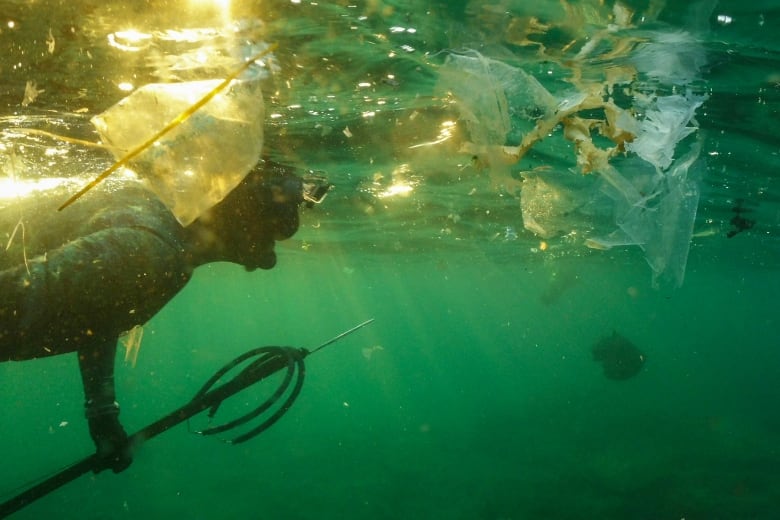
We also know much more about the source of all this plastic. Some come from pieces that are intentionally manufactured to be small, such as plastic microbeads and glitter. Substantial quantities are released from the breaking down of goods as they’re used, such as car tires and clothing made from synthetic fibres.
“While you’re walking around or washing clothing or textiles, they’re releasing hundreds of thousands of fibres literally every time you wash a domestic load of washing,” says Thompson.
But the most significant source is bigger pieces of plastic pollution, like soda bottles and plastic bags — so called “macroplastics” — as they break down.
Costas Velis from the University of Leeds in the U.K. describes the problem as “a time bomb of microplastics” stemming from “uncontrolled” use of macroplastics. “And if we don’t turn off that tap, we cannot ever hope that we’re going to solve the microplastics part of the problem.”
Velis and his team recently looked at waste data from 50,000 cities around the world and found that 52.1 million tonnes of plastic pollution is generated each year, dumped on land and in waterways. Much of that is coming from the 1.5 billion people in cities where garbage collection is either unreliable or non-existent.
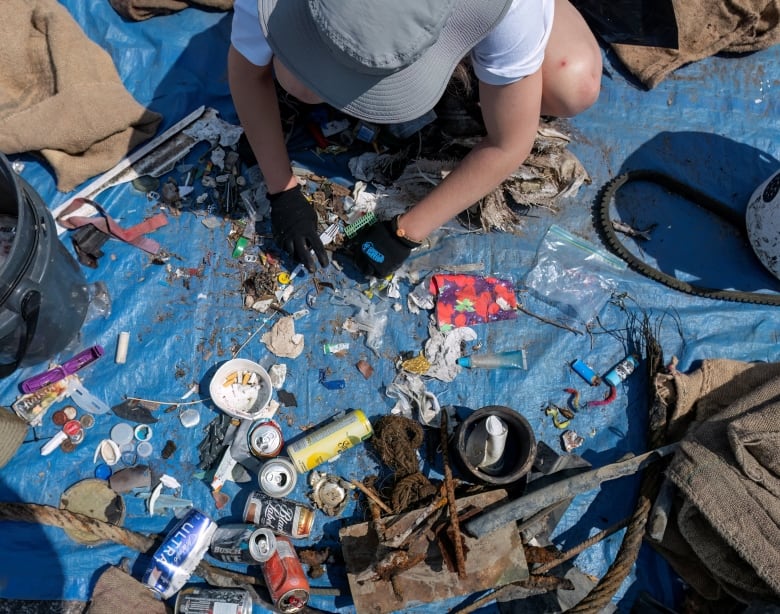
“It is very alarming to see the extent, but also the distribution of the plastic pollution across the world,” said Velis, who holds a PhD in environmental engineering.
This research was also published in the journal Science.
How to solve the problem, once and for all
With the UN expected to deliver a Global Treaty to end plastic pollution at the end of this year, Velis says he’s hopeful the world is moving in the right direction.
“This is the single most important chance we’re having as a planet and as humanity in addressing the global plastics pollution challenge in the immediate future and in a decisive way,” he said.
“We cannot think that individuals will solve every problem. We cannot think that the countries with massive problems can be left alone with their current level of resources to solve the problem. So we need to see a massive change on all fronts.”
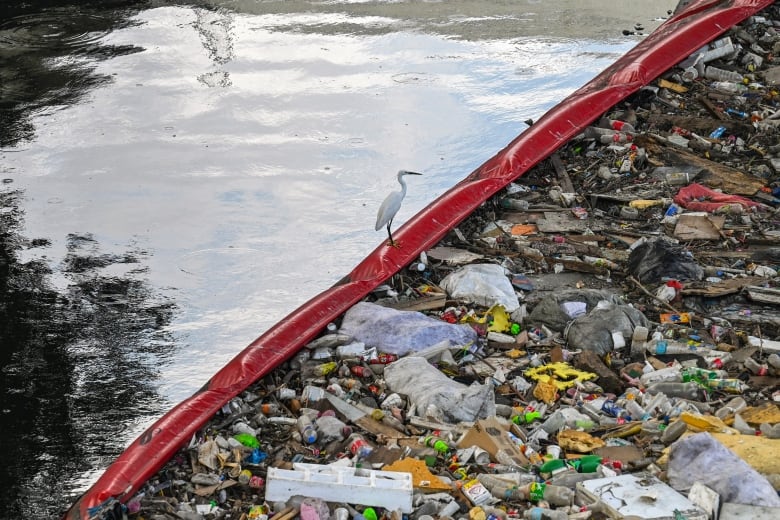
Thompson echoes that statement.
“There’s great momentum in the right direction,” he said. “Where we need the science now, and it’s almost as critically important as it was in defining the problem, is in identifying the solutions and making sure that the current attention is leading us towards safer and more sustainable use of plastics.”
And as Thompson urges more scientists to focus their limited research dollars on honing in on solutions, he says we know enough about what we can do in the meantime.
“It isn’t about eliminating plastics from all of our supermarkets or our lives. Plastics do bring many societal benefits, but we’ve got to start using them more responsibly,” he said, pointing out that while we’re currently producing 400 million tonnes of plastic items globally each year, 40 per cent of that is single-use items like water bottles or shopping bags that are easily replaced.
“So it’s about action on the large items that become microplastics. It’s about action on the large things we use everyday that wear away into microplastics, the tires and textiles. And it’s about action to prohibit the use of small bits of plastic in products where there’s a clear pathway to the environment.”

